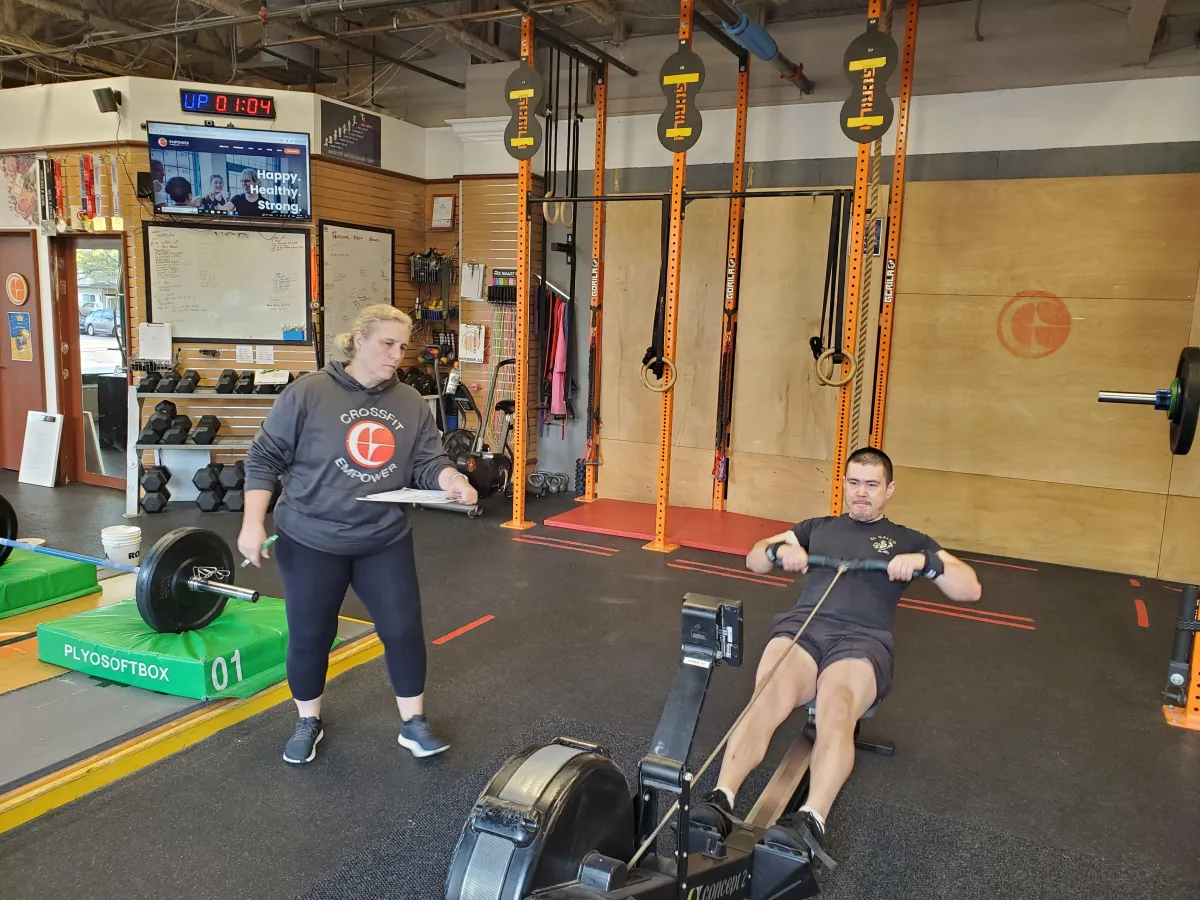
Empower Athletes: Barbell Rehab Method
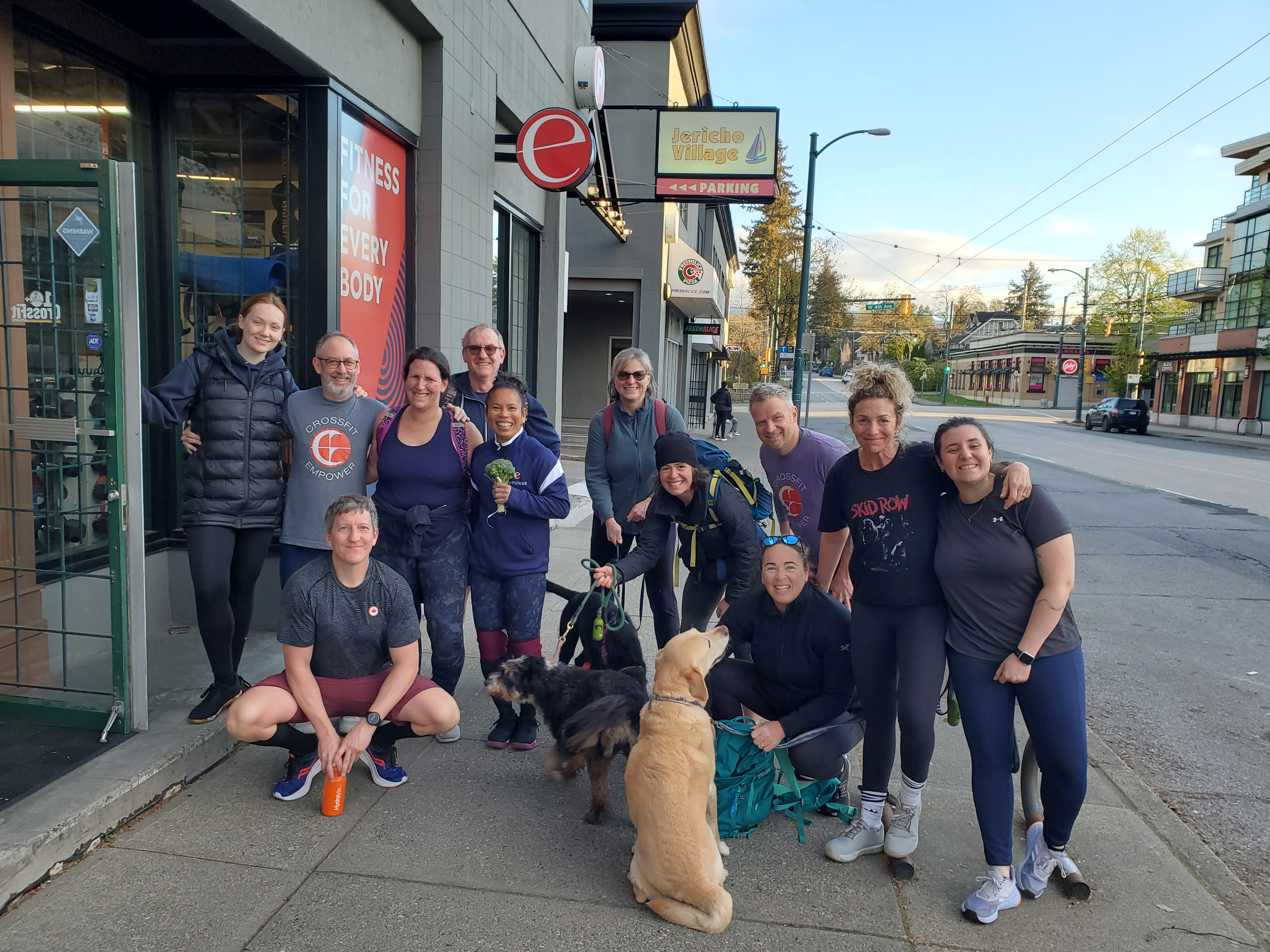
This quarter, Motor and I introduced the Empower coaching team to some of the critical key concepts that we took away from our Barbell Rehab certification course in January. The Barbell Rehab team consists of several physiotherapists and chiropractors who work professionally with high level athletes and the general public. The Barbell Rehab methodology was born out of a response to problems they frequently see in the rehab space perpetuated by rehab specialists and medical perpetuals. Too often, well meaning professionals give advice that hurts rather than helps athletes.
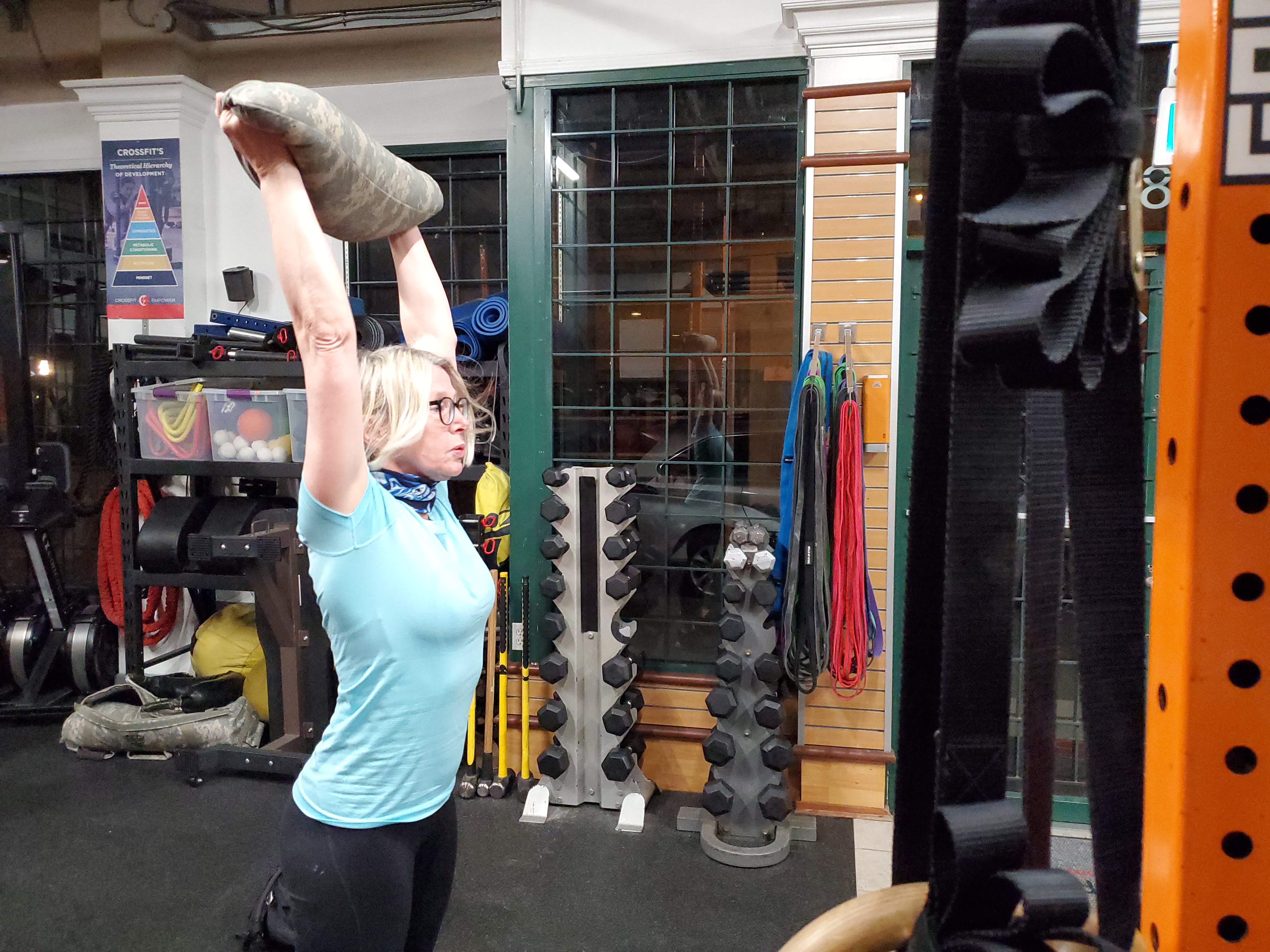
In brief, anything that discourages movement is detrimental. People aren’t dying of common athletic injuries such as rotator cuff tears, bulging discs or tendonosis. They are dying of chronic illnesses such as heart disease, diabetes and cancer for which exercise can be an effective preventative measure.
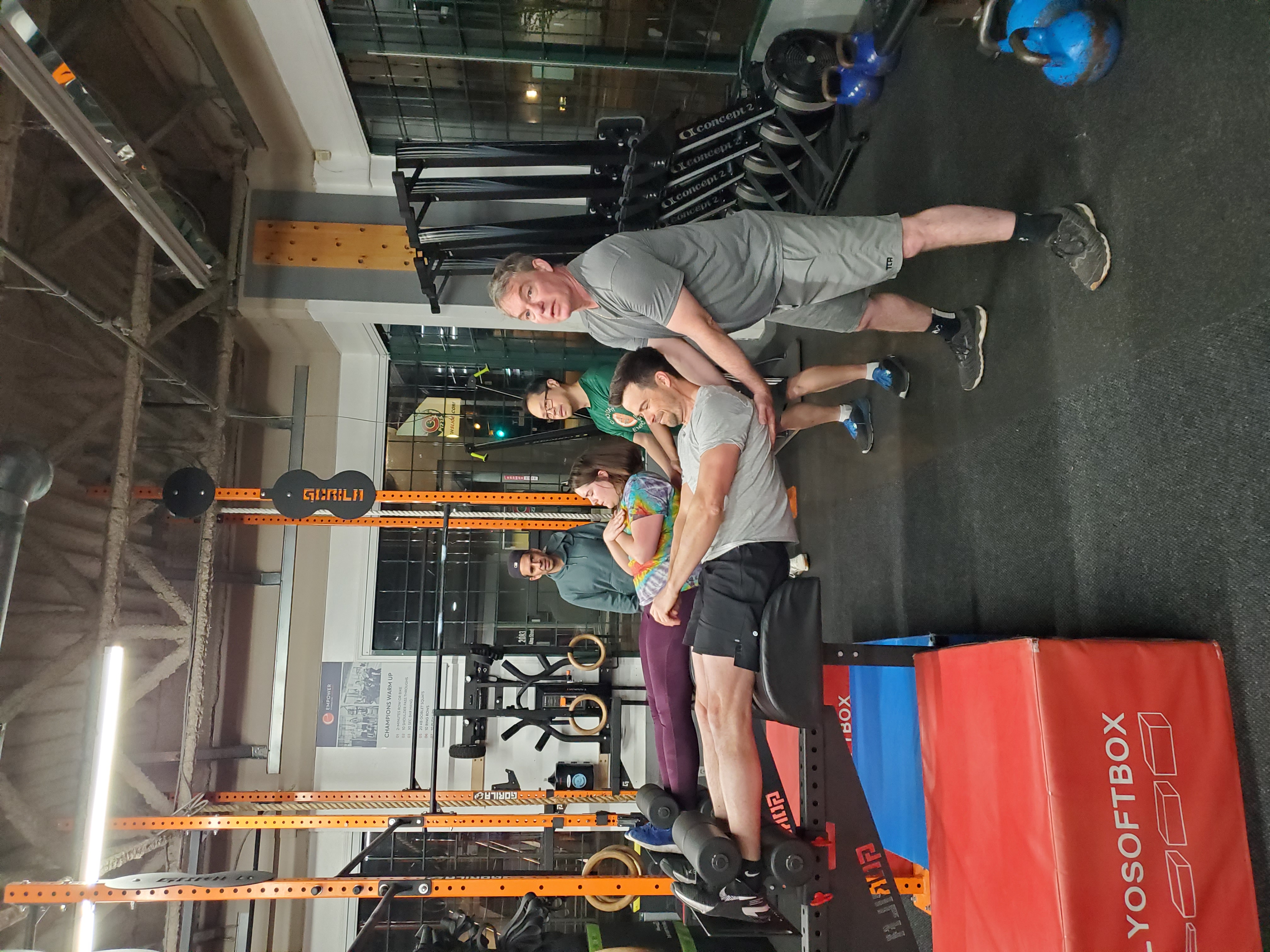
Rehab specialists and medical professionals do not necessarily possess any training in or understanding of exercise and physical fitness. They are trained to diagnose and treat injuries. But sometimes this narrow focus prevents them from addressing the bigger picture. They can get so intent upon curing the tree that they let the rest of the forest burn.
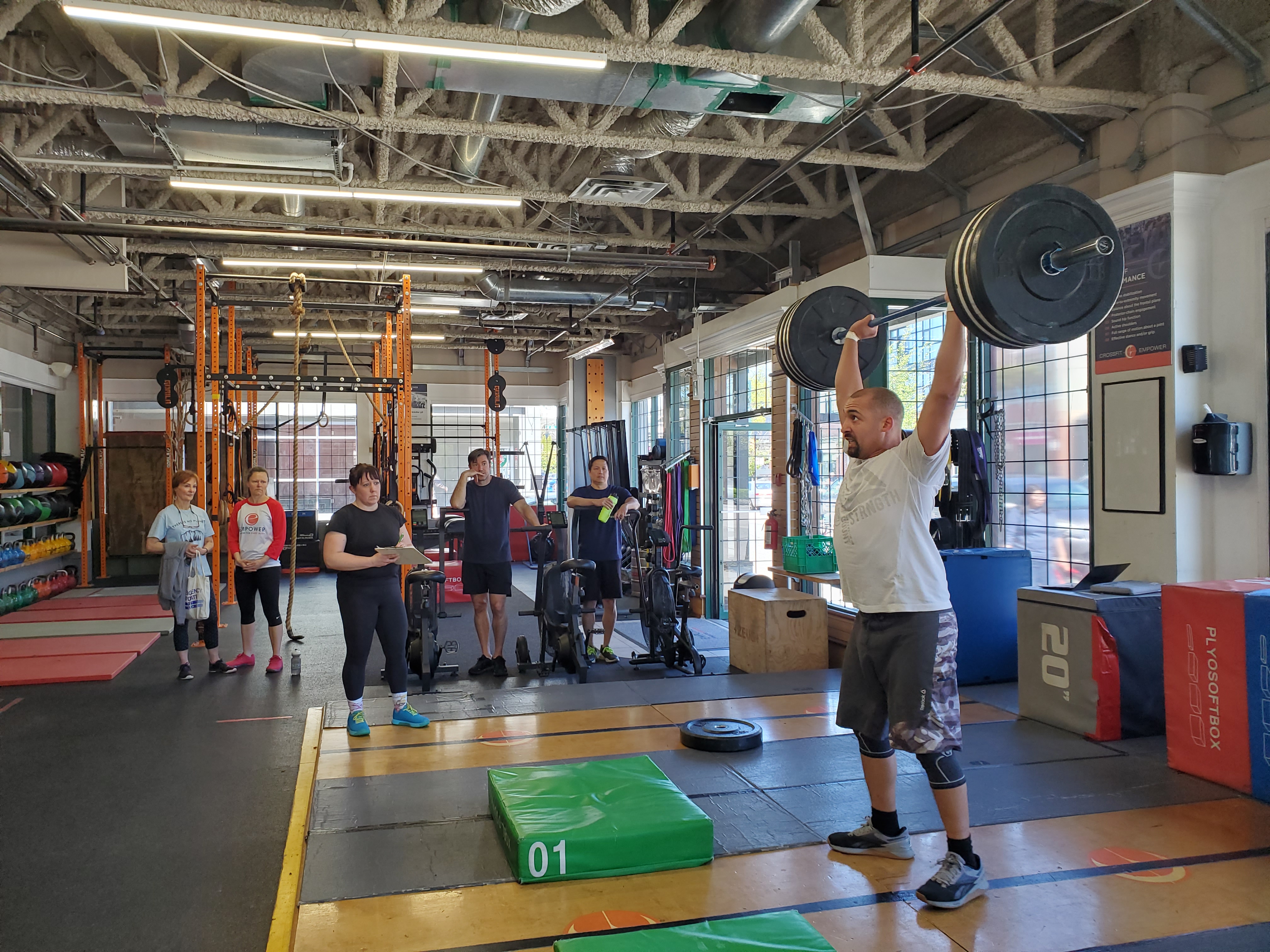
Rehab exercises can be useful and are sometimes even necessary but they are never a replacement for exercise. They are accessory movements, not the main course. Functional full body movements are the movements required by you in your day to life and are also the ones that confer the greatest fitness outcomes. A good rehab specialist like our friend at Dunbar Physio may give you supporting accessory exercises to help speed your recovery but they will also emphasize getting you back to training - even if that means modifying some movements - as quickly as possible.
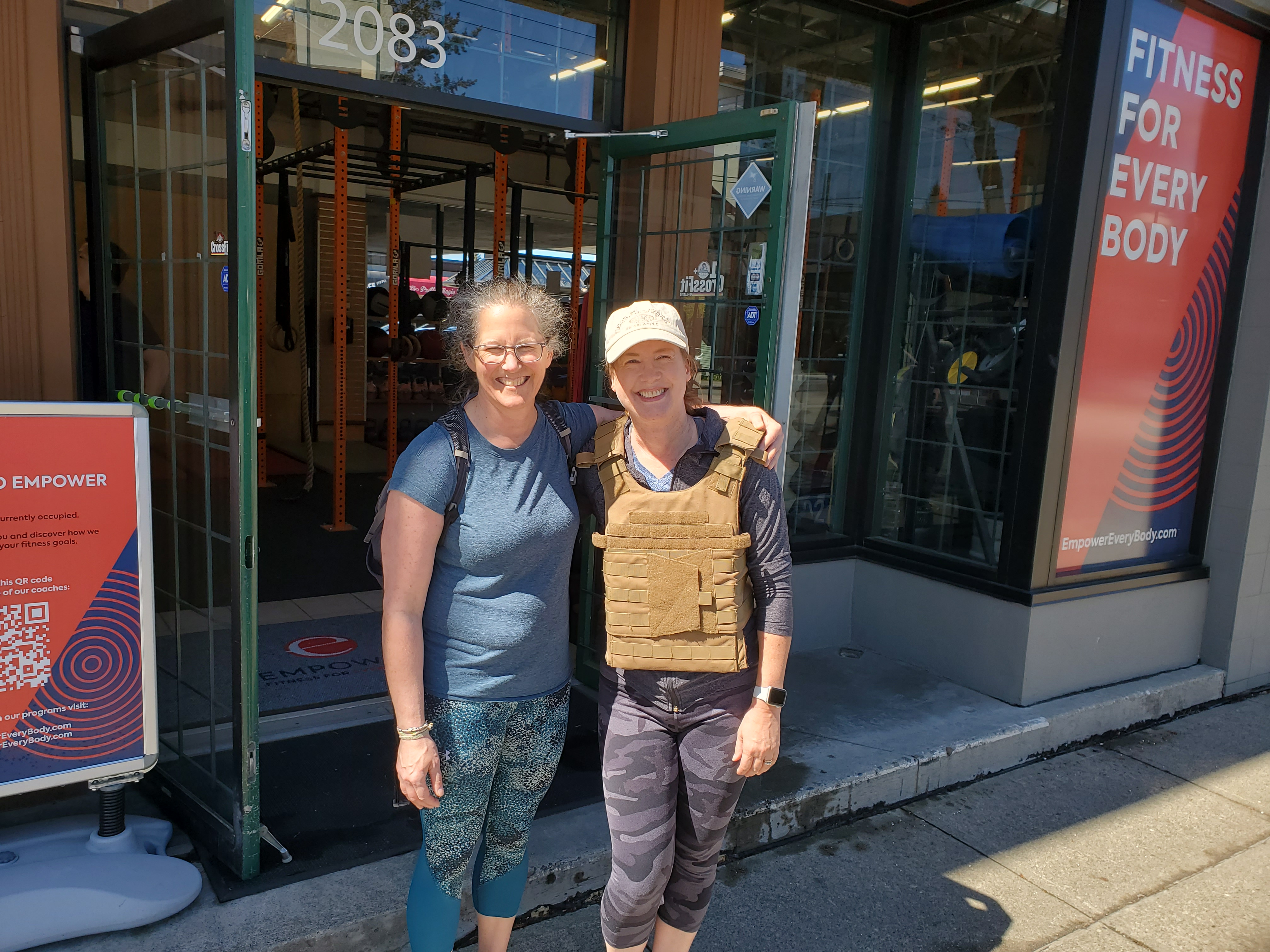
Here is the rehab process summed up succinctly: Calm shit down, build it back up.
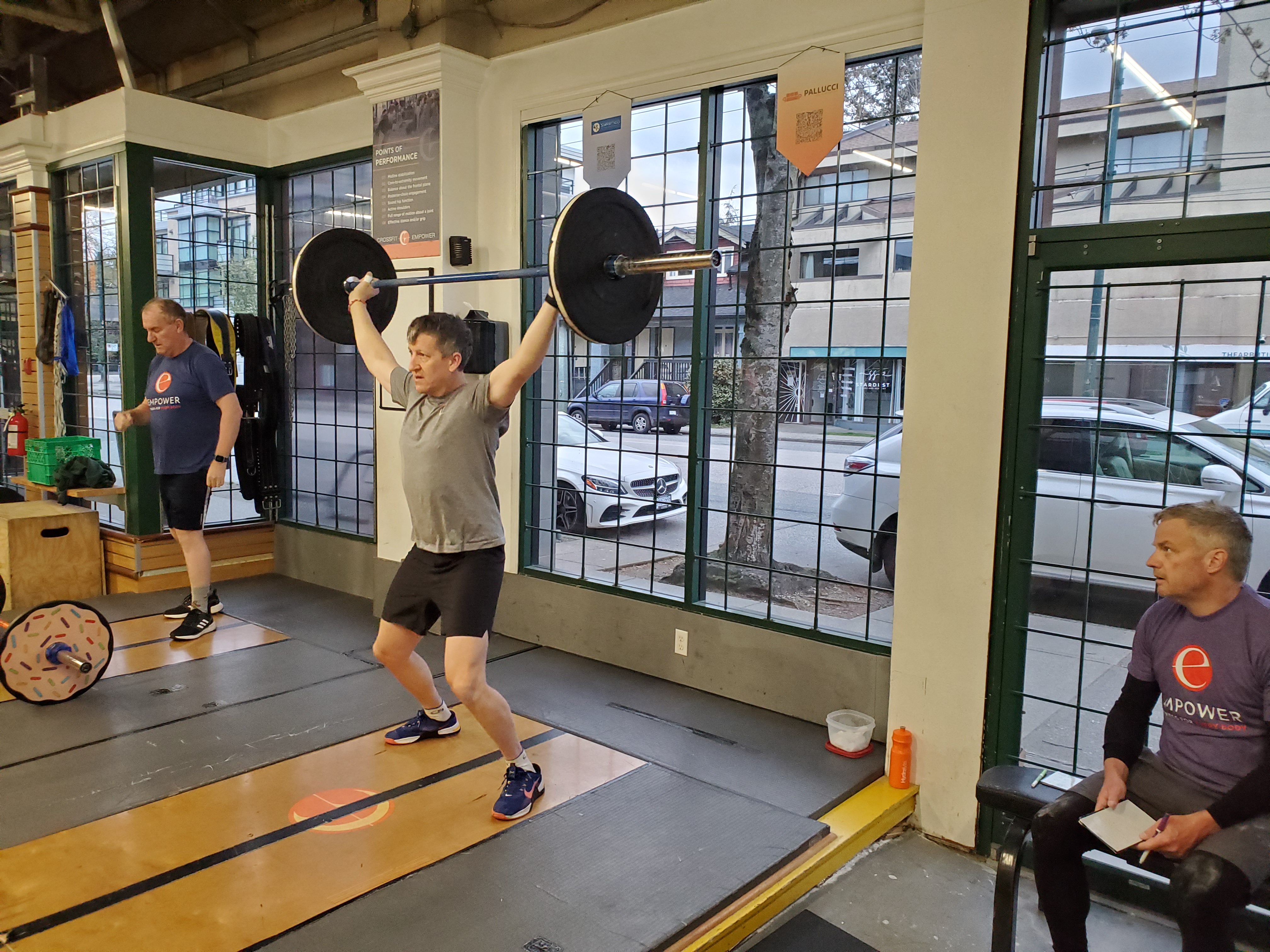
In the acute stage of an injury you need to give that joint or tissue a break. Do not train through pain. Most people get this part right. The common misunderstanding is in regards to what constitutes the acute phase. So here it is, how long should you rest an injury joint or tissue after the initial injury? In most cases, about 24-48 hours. That is your “calming shit down phase.”
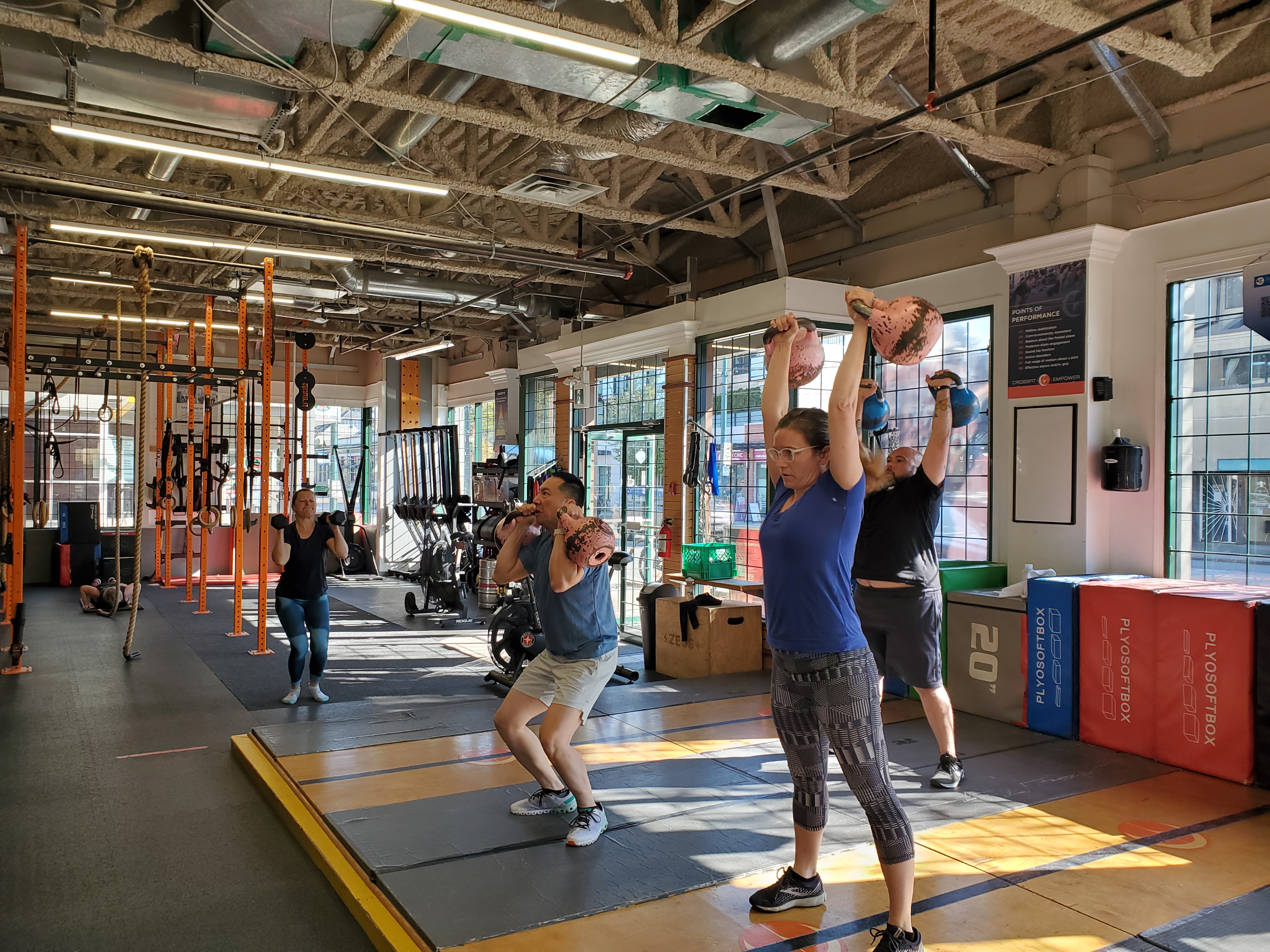
And then you start building it back up. There are two common errors here: too much too soon or not enough. The rebuilding phase can take time depending on the nature of the injury and the joint or tissue in question. Too much loading, too much speed, too soon, is detrimental and slows the healing process. But often athletes are too cautious. It is important to understand that some discomfort during the rebuilding stage is not just normal but desirable. It should not, however, exceed a 3 or 4 out of 10 on the pain scale and the discomfort should return to baseline within 24 hours of the training session. Stressing the tissues speeds recovery but only if you don’t overdo it.
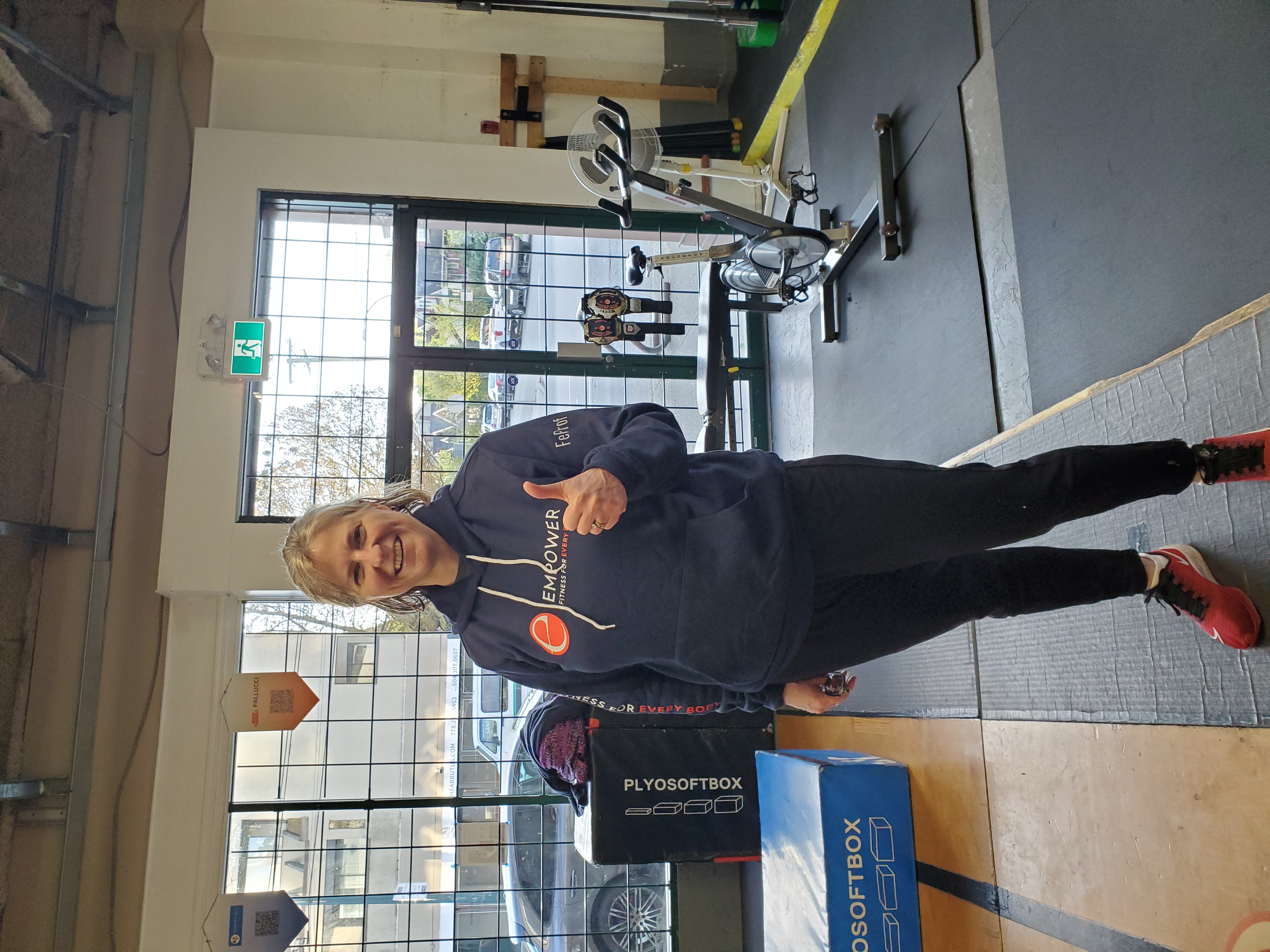
To summarize: within 24-48 hours of injury, you want to begin applying movement and load to the injured joint or tissue at a discomfort level not exceeding a 3 or 4 out of 10. Keep the volume low in the early going so that discomfort returns to baseline within 24 hours of your training session.
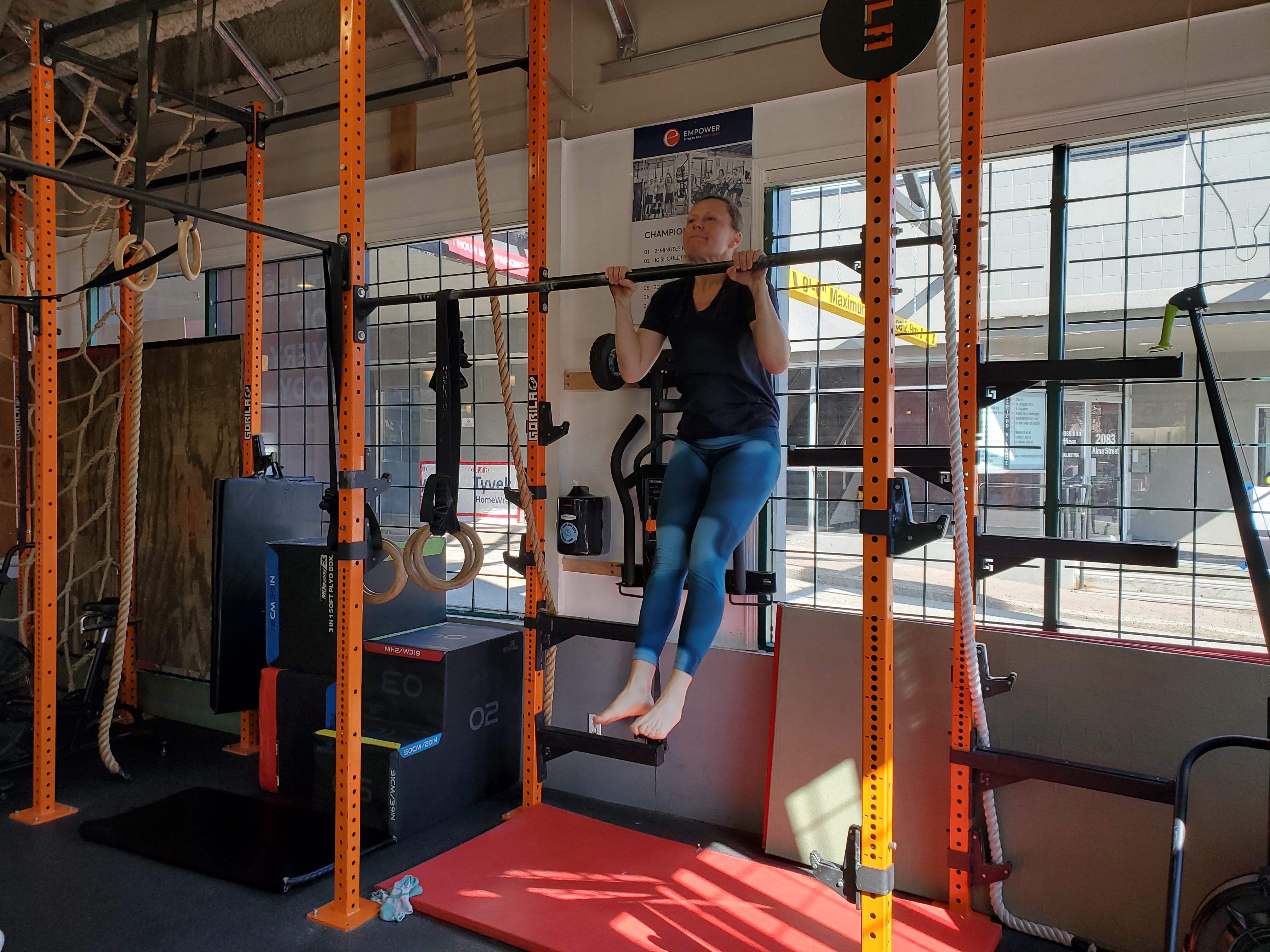
Rethinking Pain
A lot of people fear pain and give it all sorts of dreadful meanings. Pain is simply a sensory and emotional experience signalling a potential problem. Pain does not mean injury. Hanging from a pull up bar for an extended period of time hurts the palms of your hands something fierce. At least until they become desensitised to the sensation. But hanging does not injure your hands.
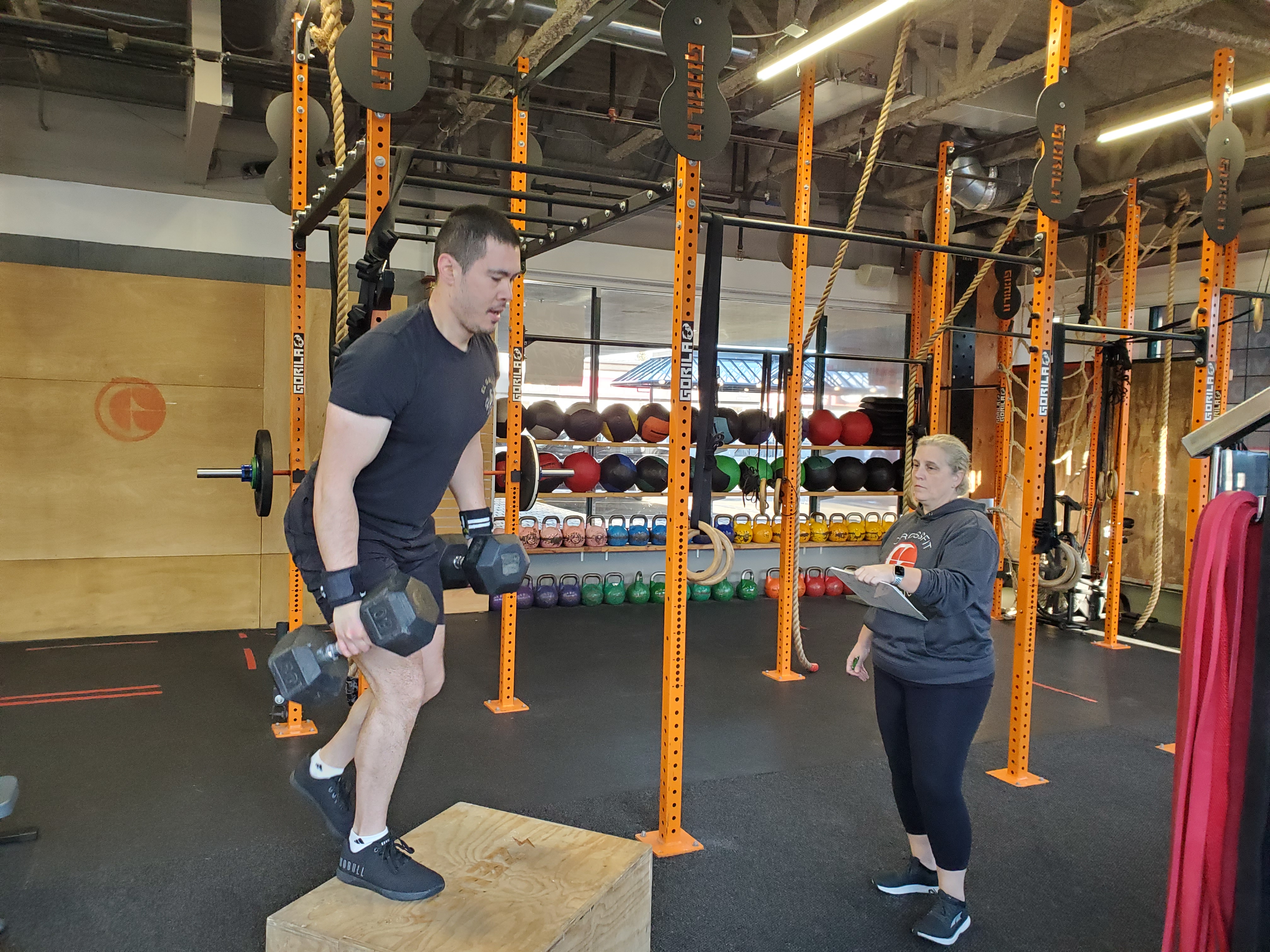
There is such a thing as medically induced back pain. The disempowering language used by healthcare professionals has been demonstrated in studies to influence the pain experience of patients.
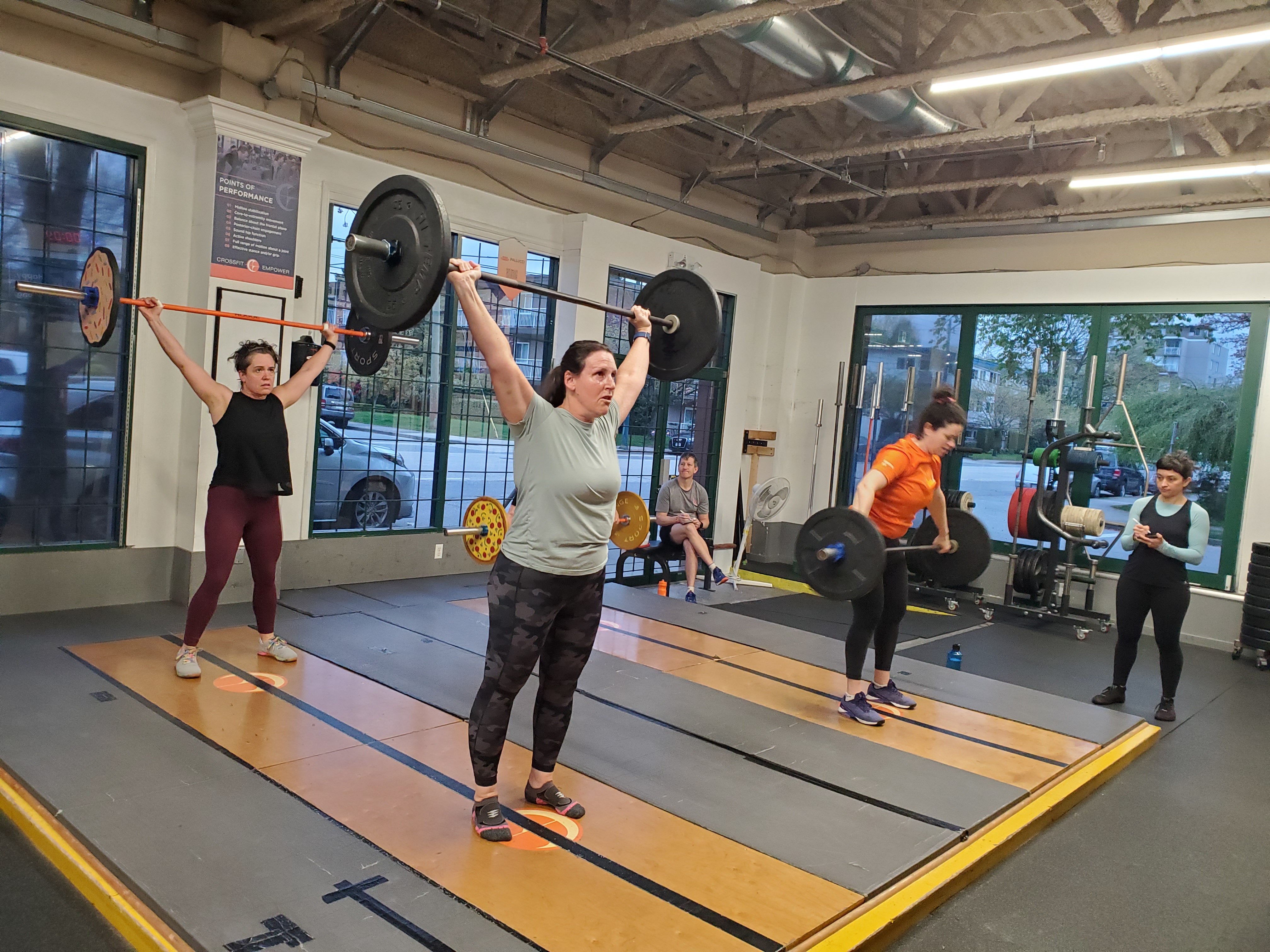
The truth is that whether we are discussing back pain, shoulder pain, hip pain or any others, the correlation between physiological damage and pain experience is very poor. For example, 68% of 40 year olds studied had existing disc herniations without any symptom of back pain. There are, conversely, people suffering debilitating back pain whose scans show no disc injury at all. So what if you have back pain and a disc bulge? There is no solid evidence that the two are connected.

Here are some factors that strongly correlate with the experience of pain in studied populations:
- stress
- poor sleep
- poor nutrition
- socio economic circumstances
- job dissatisfaction
- new stimulus (bar hang)
- limited tissue tolerance
- anxiety
- depression
- false beliefs about pain
- fear of movement
- poor work capacity
- lack of physical activity
- lack of social support
- joint changes
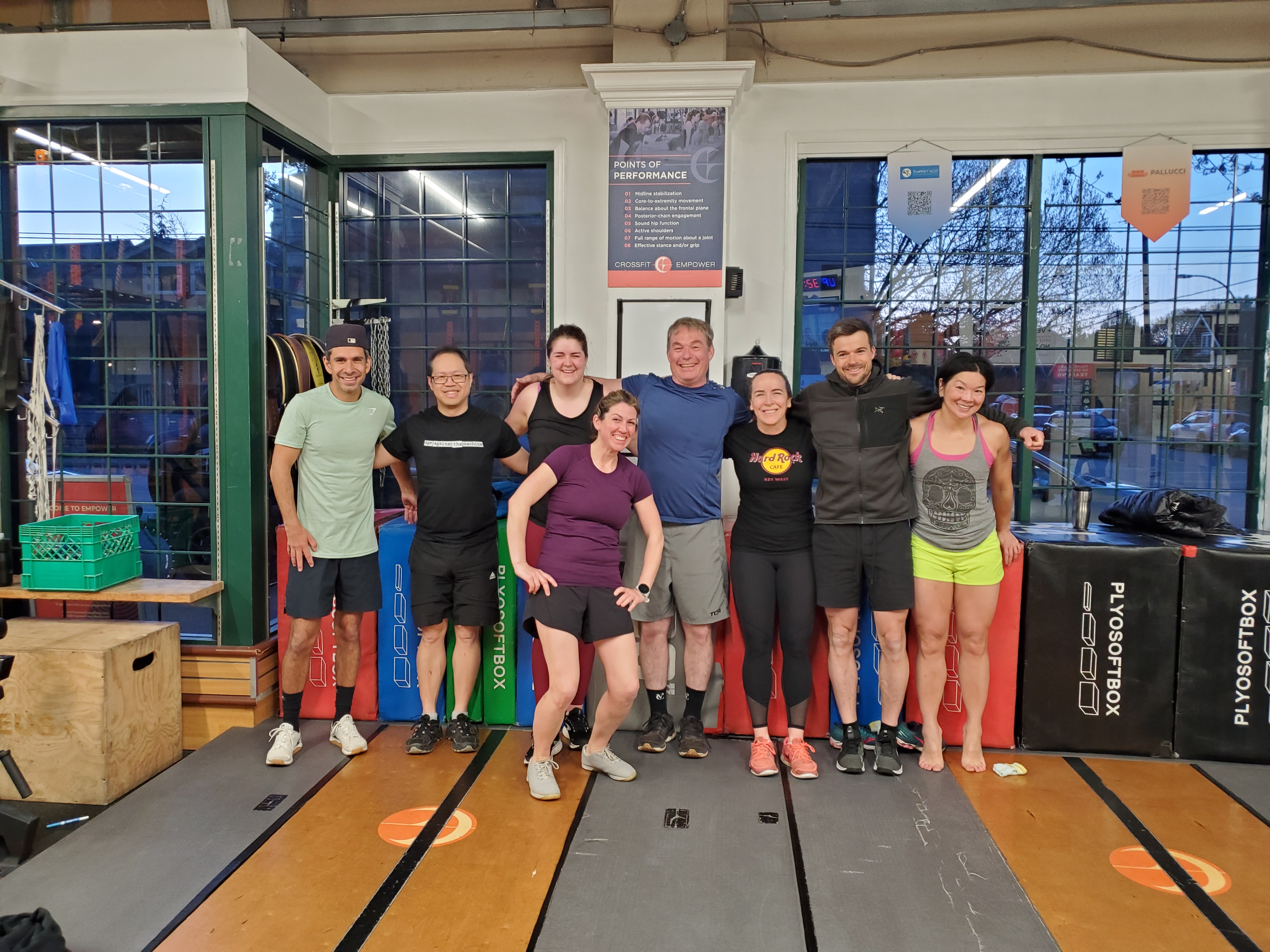
Barbell Rehab’s 4-Step Model
Training through pain simply sensitizes the pain pathways and potentially exacerbates any existing tissue damage. The Barbell Rehab Methodology offers a 4-step framework for training with pain:
1. Optimize Form & Programming
2. Change Modifiable Factors
3. Substitute Tolerable Exercise
4. Reintegrate & Rebuild
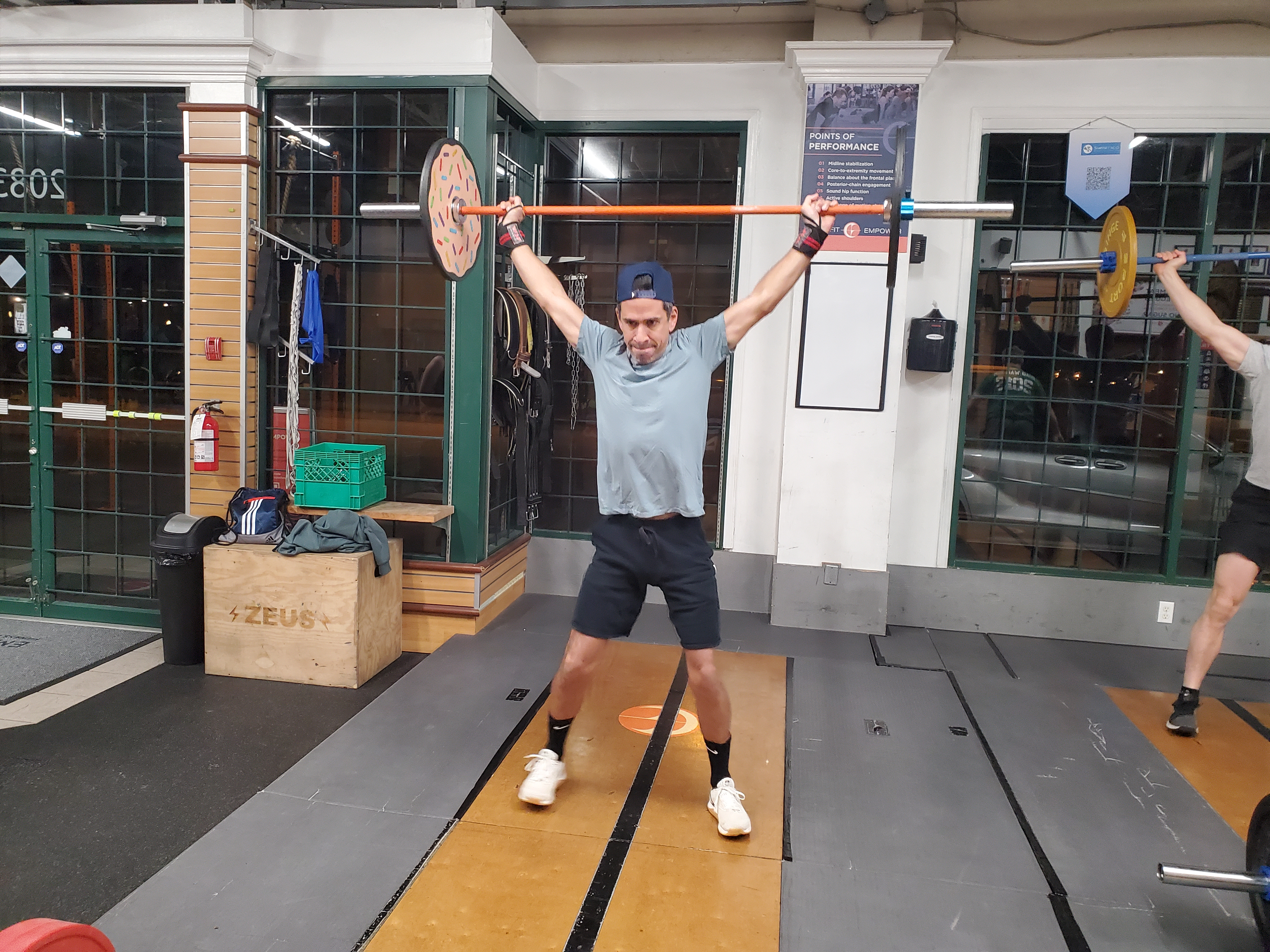
1. Optimize Form & Programming
The first step involves optimizing form and programming.
- 8 Points of Performance
- Adapt Frequency, Volume, Intensity
- Majority of training should be in the 70% effort range, beyond this there be dragons
- Manipulate training variables (more reps with less load)
- Adjust grip, stance, arm slot, tempo, range of motion

2. Changing Modifiable Factors
Find the entry point that gets you back into action by modifying exercise factors.
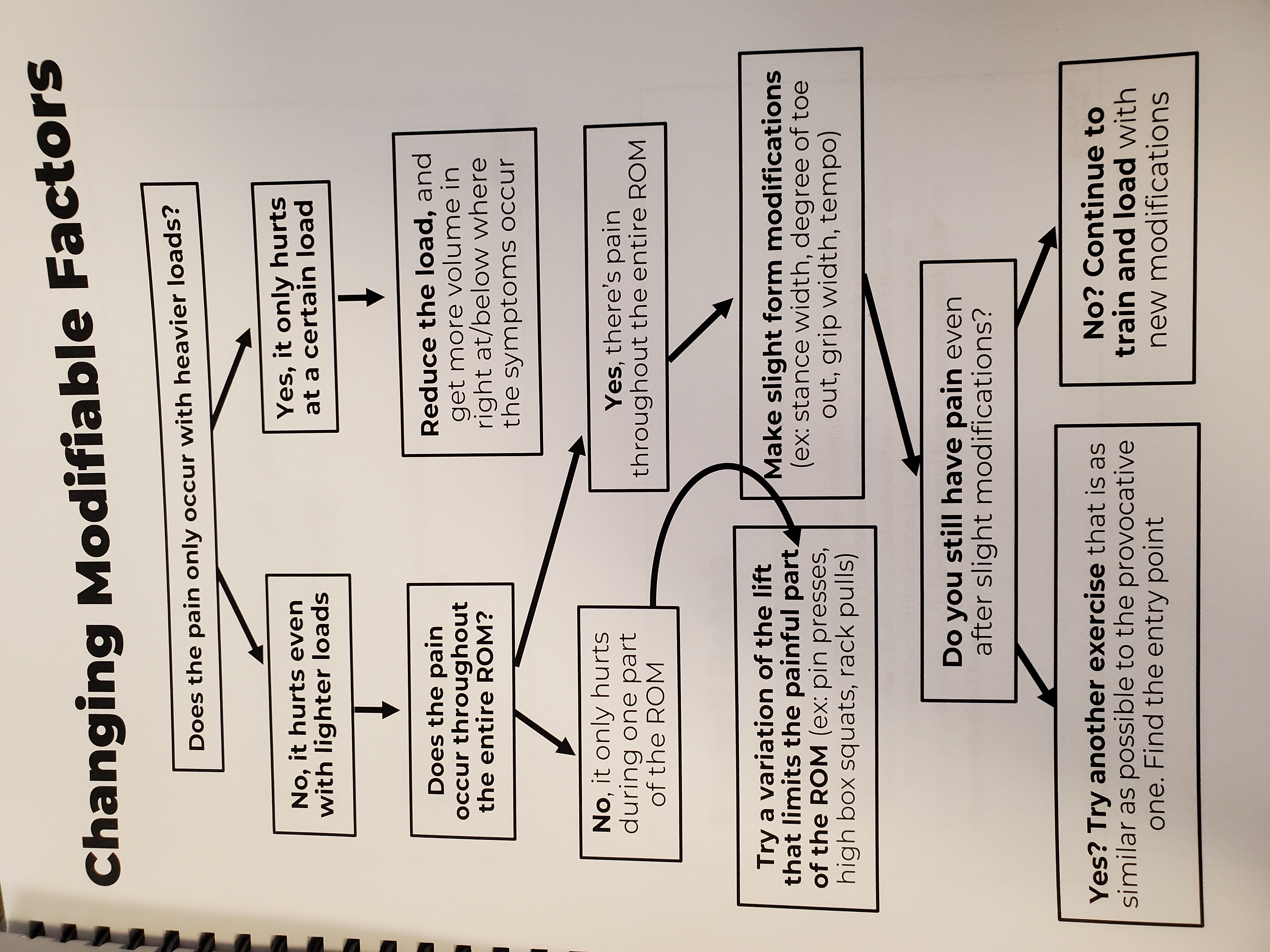
Does it hurt with heavier loads?
Yes - reduce load and increase volume at lower load
No - it hurts even without loads
Does it hurt through the entire ROM?
No - work in reduced pain-free ROM
Yes - It hurts throughout full ROM
- Modify stance, tempo, etc
If it still hurts
- Try a different exercise that works similar muscles/joints
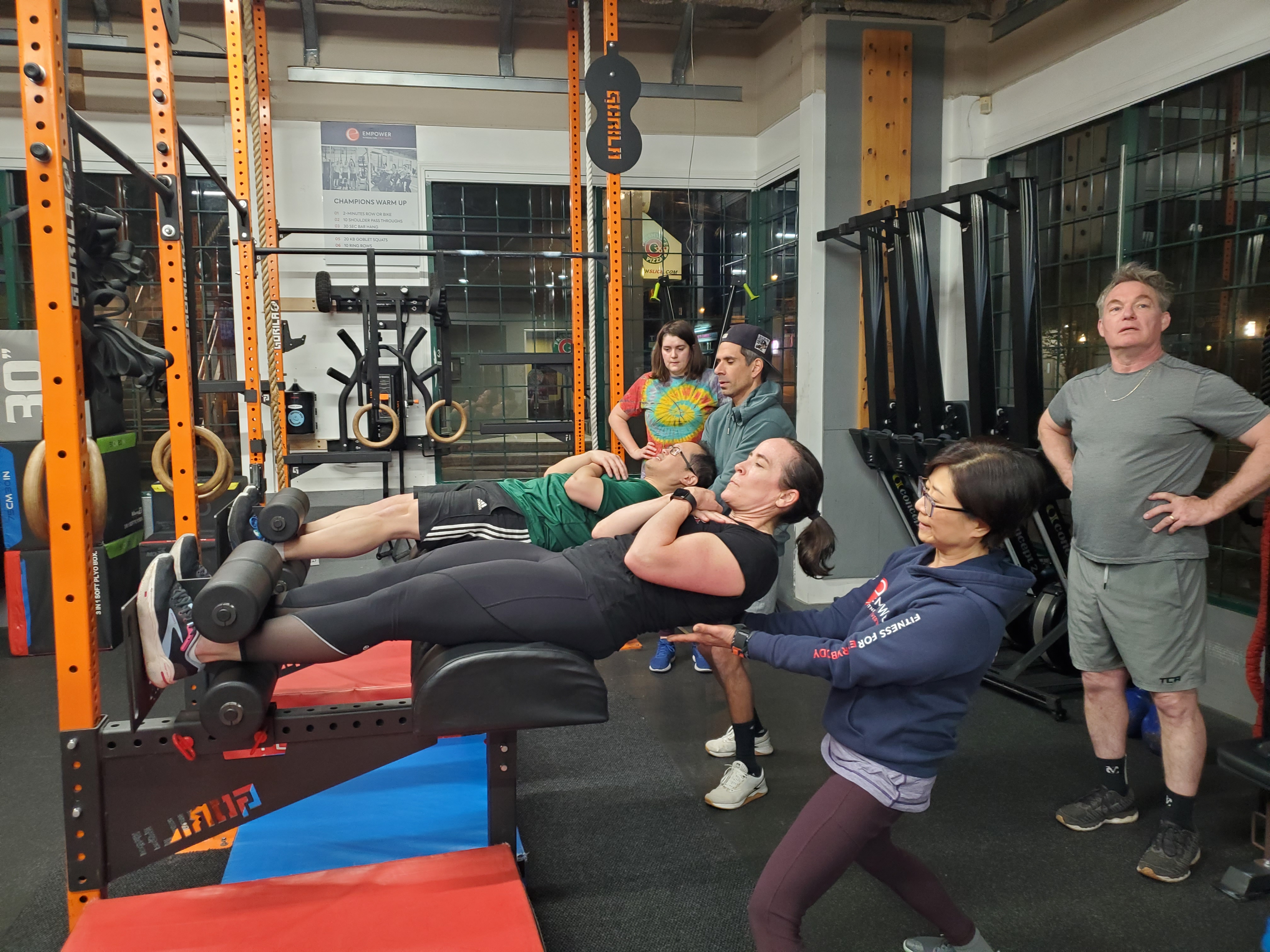
3. Substitute Tolerable Exercise
The key to active care is finding the training entry point
- When optimizing form, programming, and modifiable factors does not work, replace the aggravating movement with the closest tolerable variation for 4-6 weeks
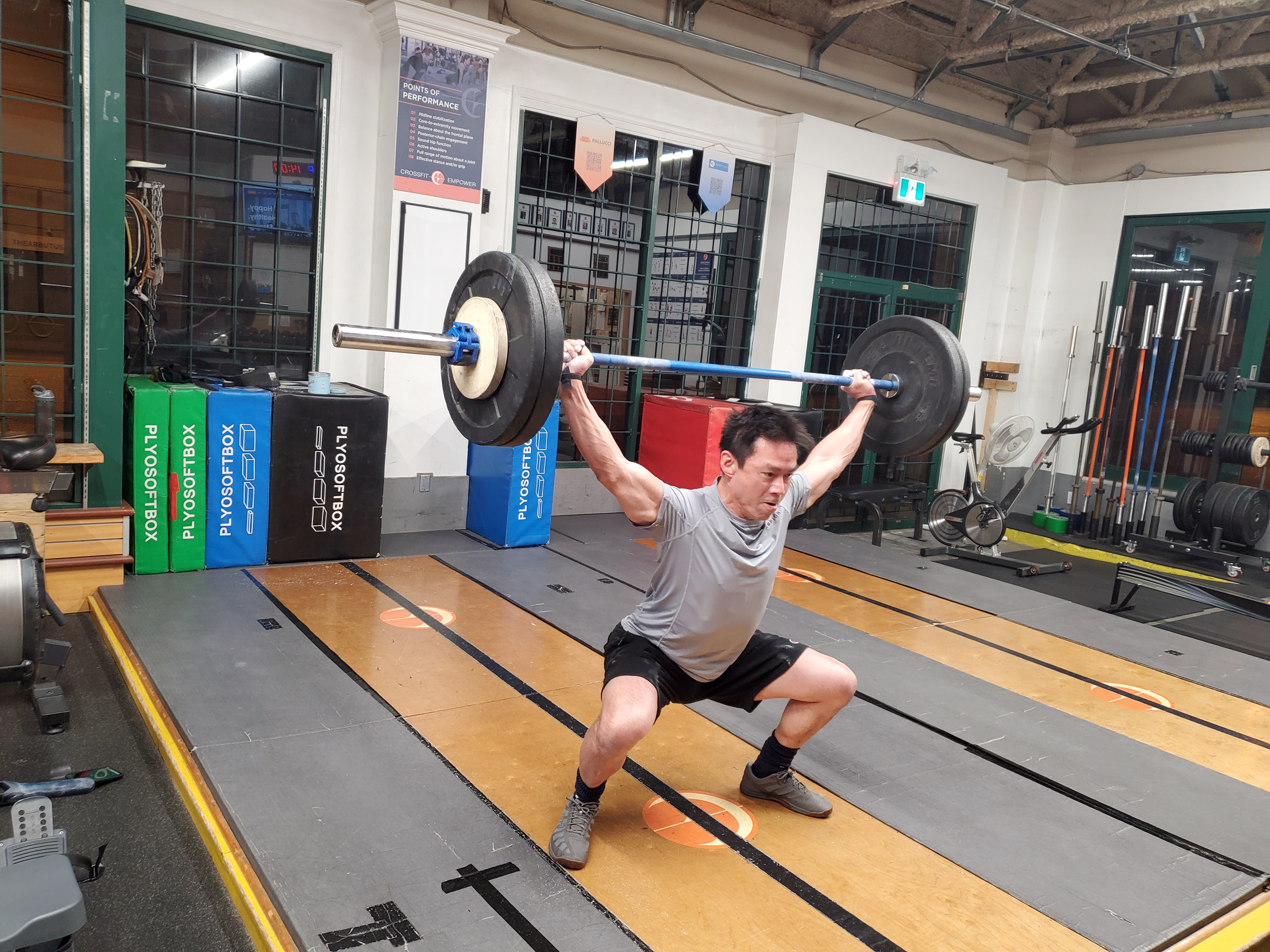
4. Reintegrate & Rebuild
Do you need to get back to a specific variation?
- Only if it is required by your sport
Every 2 weeks retest to see if athlete is ready to reintegrate it
- start light (RPE 3/10)
- low reps (sets of 5)
- does not need to be pain free (pain level 3/10 acceptable), this should be mild, tolerable discomfort that settles within 24 hours
- symptom resolution is not linear
- build load and volume gradually adjusting according to athlete response
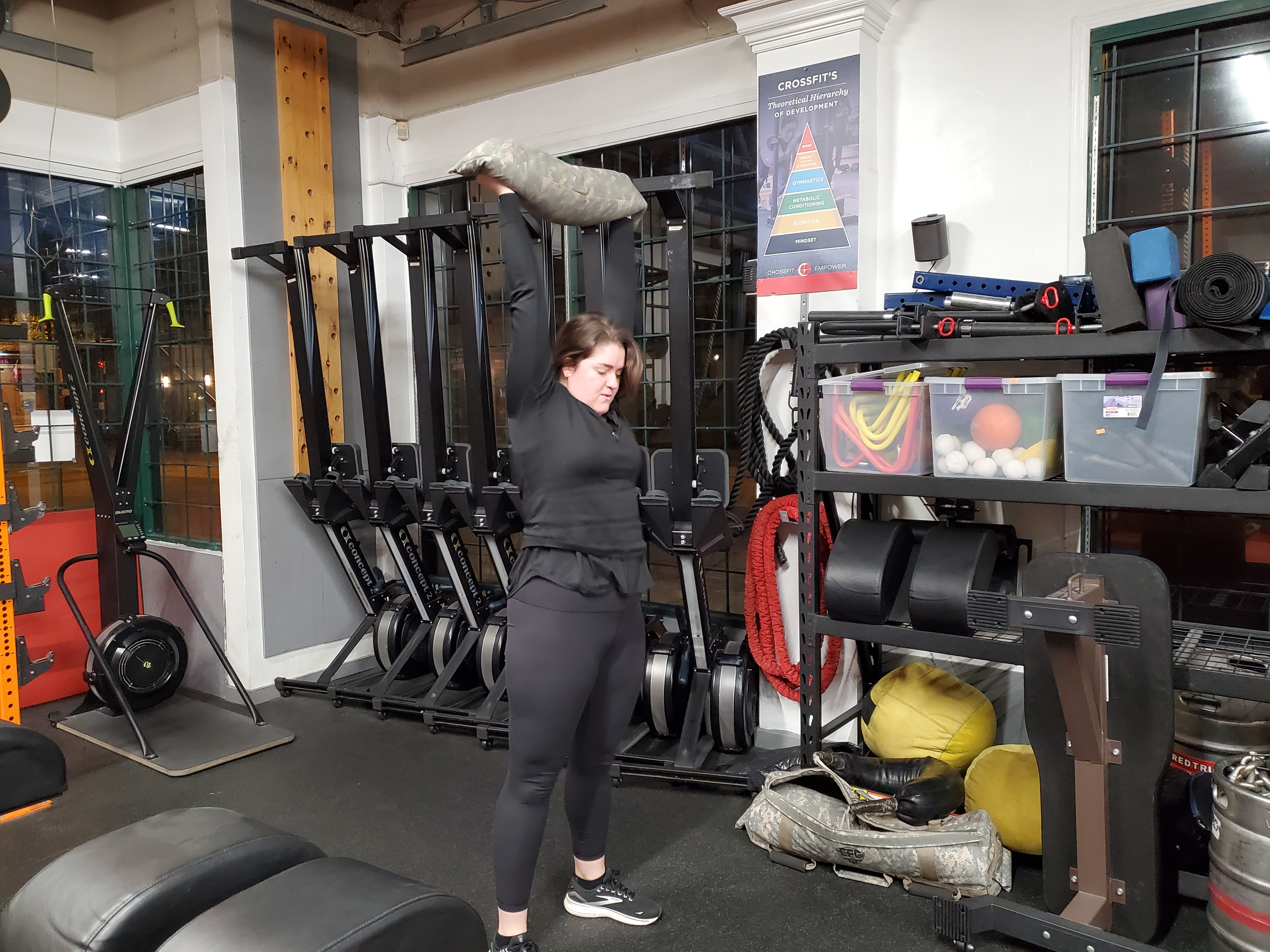
Diagnosis and Imaging
Because the human body heals through movement - particularly full body functional movements - Barbell Rehab’s 4-step framework is an effective approach to returning to training regardless of the specific nature of the injury. Because we adapt the training approach depending on the athlete’s comfort levels, knowing the precise diagnosis is not particularly important. We don’t care what the scans say, if it hurts, we are not going to go there. And because we know that scans poorly correlate with the athlete’s pain experience, why go there anyhow? Indeed, the need to diagnose often turns out to be counterproductive and disempowering, leading athletes to create stories about self-perceived limitations that have no basis in exercise science. The Barbell Rehab team discourages athletes and practitioners from rushing out to get scans or trying to diagnose injury. Instead, they wish to empower athletes to get back into action as quickly and completely as possible so that they can get on with the process of healing and performing at their peak without any self limiting conversations. It’s a philosophy that I can really get behind both as an athlete and a coach!
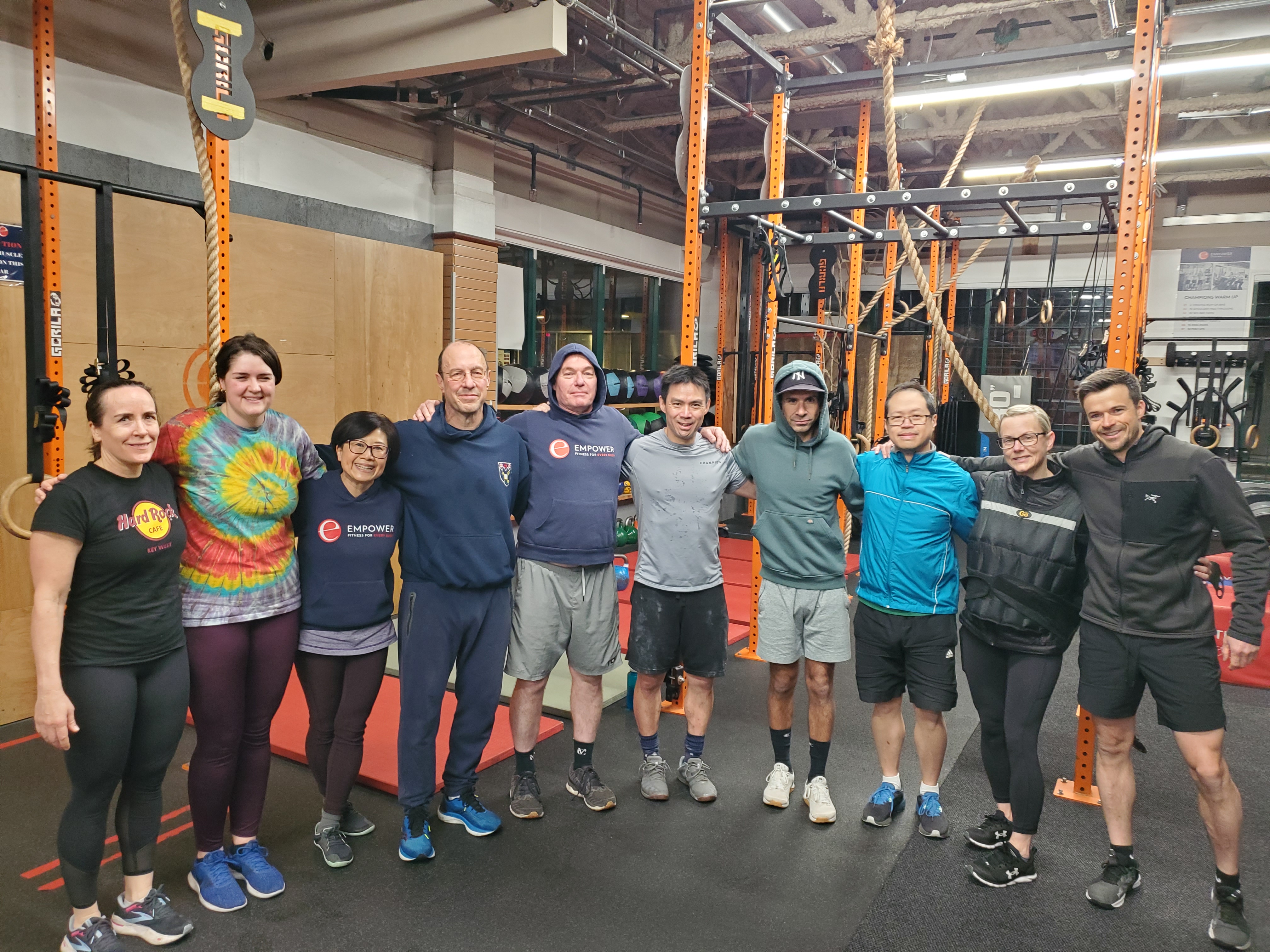
Monday
Unless you have a 100/150lb Ground to Shoulder Sandbag Clean, we are going to be playing for total volume today. Pick a sandbag or medball load that is realistic for you and then complete the reps required to meet the designated total volume per round. Yes, the lighter you go, the more reps you will require. A hint for the ladies, 30lbs divides equally into all three rounds. The guys won’t be as lucky. The horseshoe bag weighs 50lbs, we have a 60lb D-Ball, after that we have sandbags at 135 and 150lbs.
Warm Up
3 rounds (1 min each):
Bike/Row/Ski
Sandbag/Medball over the shoulder clean
Tech
Sandbag G2S Clean
WOD
21/18-15/12-9/7 cal Bike/Row/Ski
900/1350-600/900-300/450# total Medball/Sandbag G2S Cleans
